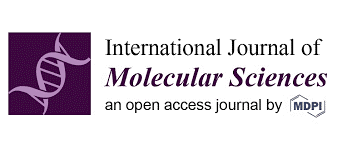Development of pH-Responsive Biopolymeric Nanocapsule for Antibacterial Essential Oils
by Sylvie Skalickova, Tereza Aulichova, Eva Venusova, Jiri Skladanka and Pavel Horky

Abstract
It is generally believed that antibacterial essential oils have the potential to become one of the alternatives in preventing diarrheal diseases of monogastric animals. The disadvantage is their low efficiency per oral due to easy degradation during digestion in the stomach. This study compares the efficacy of chitosan, alginate-chitosan, guar gum-chitosan, xanthan gum-chitosan and pectin-chitosan nanocapsules to the synthesis of pH-responsive biopolymeric nanocapsule for Thymus vulgaris, Rosmarinus officinalis and Syzygium aromaticum essential oils. Using spectrophotometric approach and gas chromatography, release kinetics were determined in pH 3, 5.6 and 7.4. The growth rates of S. aureus and E. coli, as well as minimal inhibition concentration of essential oils were studied. The average encapsulation efficiency was 60%, and the loading efficiency was 70%. The size of the nanocapsules ranged from 100 nm to 500 nm. Results showed that chitosan-guar gum and chitosan-pectin nanocapsules released 30% of essential oils (EOs) at pH 3 and 80% at pH 7.4 during 3 h. Similar release kinetics were confirmed for thymol, eugenol and α-pinene. Minimal inhibition concentrations of Thymus vulgaris and Syzygium aromaticum essential oils ranged from 0.025 to 0.5%. Findings of this study suggest that the suitable pH-responsive nanocapsule for release, low toxicity and antibacterial activity is based on chitosan-guar gum structure.
